Back to School with... Rick ten Doeschate
ANOTHER REPRESENTATION; FORMAL EXPRESSION OF PUBLIC BUILDINGS
A series of three evening lectures, that took place on Tuesday 04 April, 16 May and 20 June 2023 from 19:00 - 21:00.
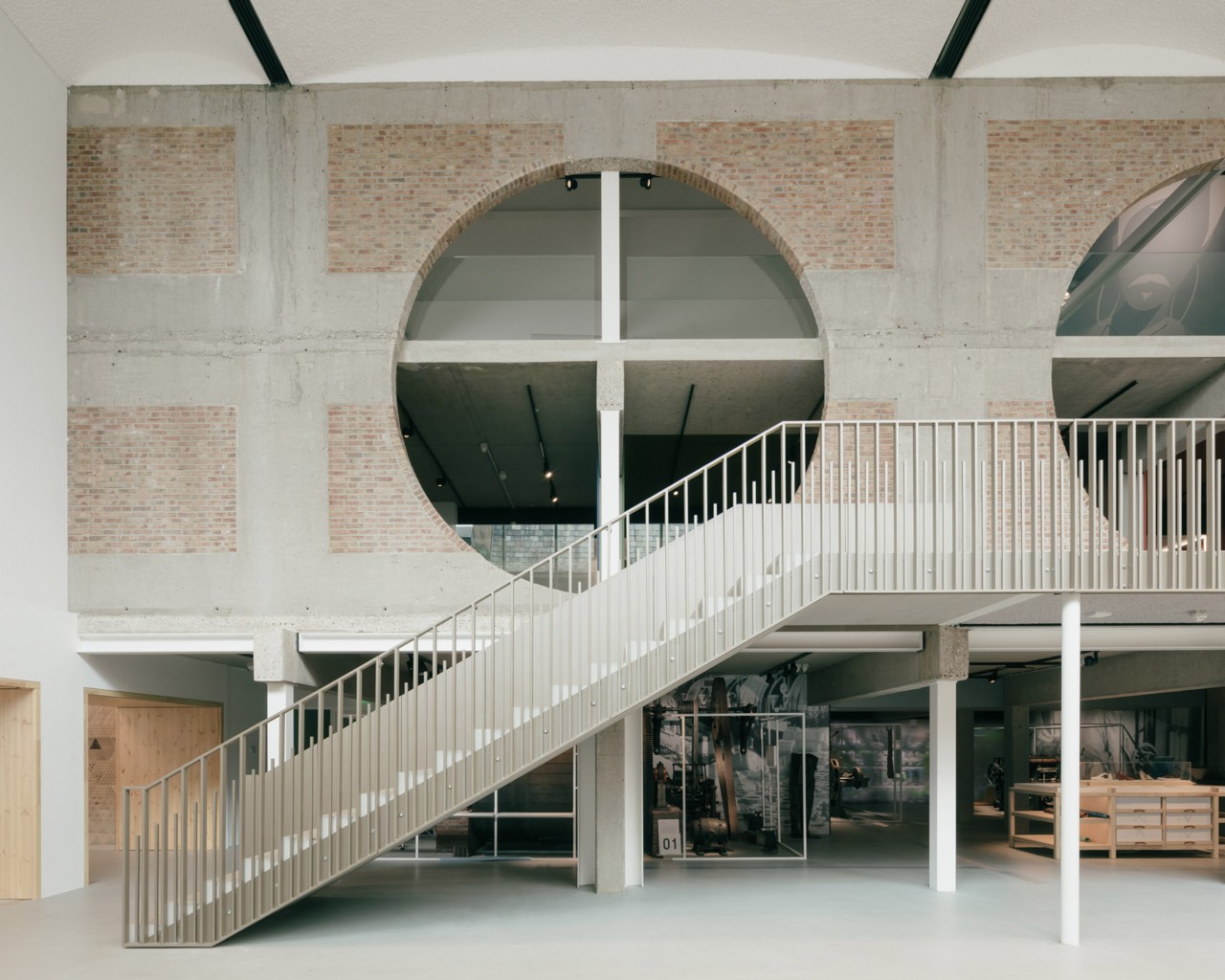
The formal expression of public buildings
For the 2nd edition of Back to School with... we've invited architect Rick ten Doeschate to curate a series around the topic of Another representation; Formal expression of public buildings.
“A great mutual disregard prevails here. The attention to the human, the warm, the socially engaged and the political has also led to a complete ebbing away of the consciousness of architecture as a formal art. Hence all formal theories here are appallingly primitive” Rem Koolhaas, 1978
'Aesthetics', 'Design', 'Style', 'Representation'; these are subjects that for a long time have scarcely been discussed in architecture. Where was the tipping point? Rem Koolhaas's period at the TU Delft in the 1980s laid the foundations for SuperDutch, the glorious period in which Dutch architects conquered the world armed with economic, technical, and planning concepts. Since then, the representative, linguistic, function of architecture as it was central to postmodernism in the 1970s and 1980s has barely been mentioned. The fact is that the architecture debate has for the past thirty years revolved around 'extra-architectural' issues such as economy, program, health and sustainability.
Lately, a group of architects has once again drawn attention to "intra-architectural" subjects such as material, articulation, composition and, indeed, representation. It is a group without a fixed outline, but what unites its members is their resistance to the conceptual architecture of the SuperDutch and their embrace of designing within the continuity of the 'European tradition'. Their attention to the subject and their high-quality architectural production is commendable. But it is restrictive that attention to the "intra-architectural" side of architecture is only associated with this group. If only because you would expect the tradition to change in line with the social context. In addition, this position raises (political) questions about the way in which the European tradition is experienced by different groups in society. Political identity thinkers such as the late Roger Scruton and Thierry Baudet have used the associated vulnerability and used 'traditional' architecture to their advantage.
Public buildings entail a special responsibility. Public architecture must – by default – be accessible, recognisable, inviting, and meaningful to different people. This is related to what happens in the building, how it fits in with the context, with representation in the design process (is the group allowed to design and participate diverse enough), but also with the formal side; the physical presence of a building. The appearance, sound, smell and texture mean that some people will recognise themselves in a building and others will not. The rapidly growing diversity in society increases the importance of this subject. Should architecture represent diversity, or rather strive for an 'architecture parlante' that binds us? These are political choices in architectural form. Architects cannot hide behind platitudes about inclusiveness; we need to better understand and discuss the formal effects of architecture so we can consciously use them in our designs.
In this series we want to broaden the view on the formal dimension of architecture. On three evenings we will illuminate the subject from three perspectives: the historical, the architectural, and the political.
Programme
#1 THE HISTORIC PERSPECTIVE
TUESDAY 04 APRIL 2023, 19:00 - 21:00, DOORS OPEN AT 18:00. WITH RICK TEN DOESCHATE AND LARA SCHRIJVER
In this first session we focused on the historic perspective of representation and the formal expression of public buildings. Historically, the term ‘representation’ in architecture has encompassed a variety of connotations, from highly formal exercises in spatial composition to expressions of political structure. These various approaches have been influenced by societal context and by foundational debates within the discipline. This lecture highlighted a number of key moments in the 19th and 20th centuries that can help to address the role of architecture today as a complex fabric of the social and the formal.
#2 THE DESIGN PERSPECTIVE
TUESDAY 16 MAY 2023, 19:00 - 21:00, DOORS OPEN AT 18:00. WITH RICK TEN DOESCHATE AND CHARLES HOLLAND
In this second event, we focused on the design perspective of representation and the formal expression of public buildings together with Charles Holland.
Charles covered projects ranging in scale from exhibitions to buildings to urban spaces that explore architecture as a public language and the physical expression of social, civic and public values.
#3 THE POLITICAL PERSPECTIVE
20 JUNE, 19:00 - 21:00, DOORS OPEN AT 18:00. WITH RICK TEN DOESCHATE, NINKE HAPPEL, JOB FLORIS, JAAKKO VAN T SPIJKER AND ALEXANDRE FURTADO MELVILLE
In this third event on the 20th of June, the focus was on the political perspective of representation and the formal expression of public buildings. In a public conversation with Rick ten Doeschate, Ninke Happel, Job Floris, Jaakko van t Spijker and Alexandre Furtado Melville, we address the question: Should architecture represent the diversity in society, or rather strive for an 'architecture parlante' that binds us? Is a 'universal' architecture possible? What kind of 'style' is appropriate? Is the European tradition inclusive enough or should architecture renew itself, and in what way?
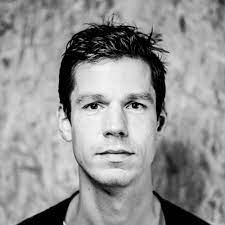
Rick ten Doeschate is one of the four founders of Civic, an office for public architecture. Founded in 2015 after winning the competition for the LocHal library, Civic designs cultural buildings, town halls, bridges, dikes, squares, libraries, educational and residential buildings, streets, sculptures, and stations. Civic strives to combine problem solving with the sublime, sensual, delirious, generous, brobdingnagian or thought provoking. We believe in architecture by research and combine proven technology with new ideas, merge thinking with design, theory with practice and urbanism with detailing. For us architecture is a way to turn theoretical ambitions into physical reality.
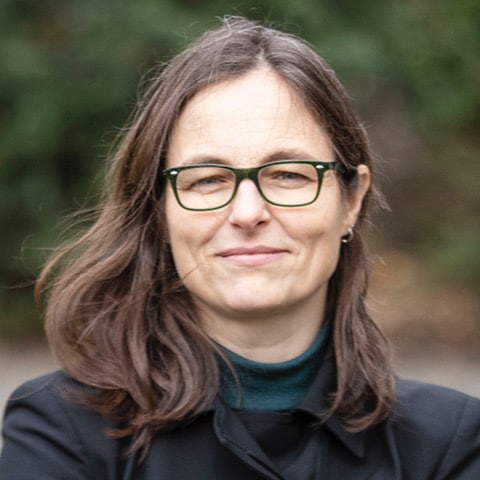
Lara Schrijver is professor in architecture theory at the University of Antwerp Faculty of Design Sciences. Her research focuses on twentieth-century architecture and its theories. She is editor for the KNOB Bulletin and has served as editor for Footprint journal and OASE. She is author of Radical Games (2009) and Oswald Mathias Ungers and Rem Koolhaas (2021). She is co-editor of Autonomous Architecture in Flanders (2016), and editor of The Tacit Dimension: Architecture Knowledge and Scientific Research (2021).
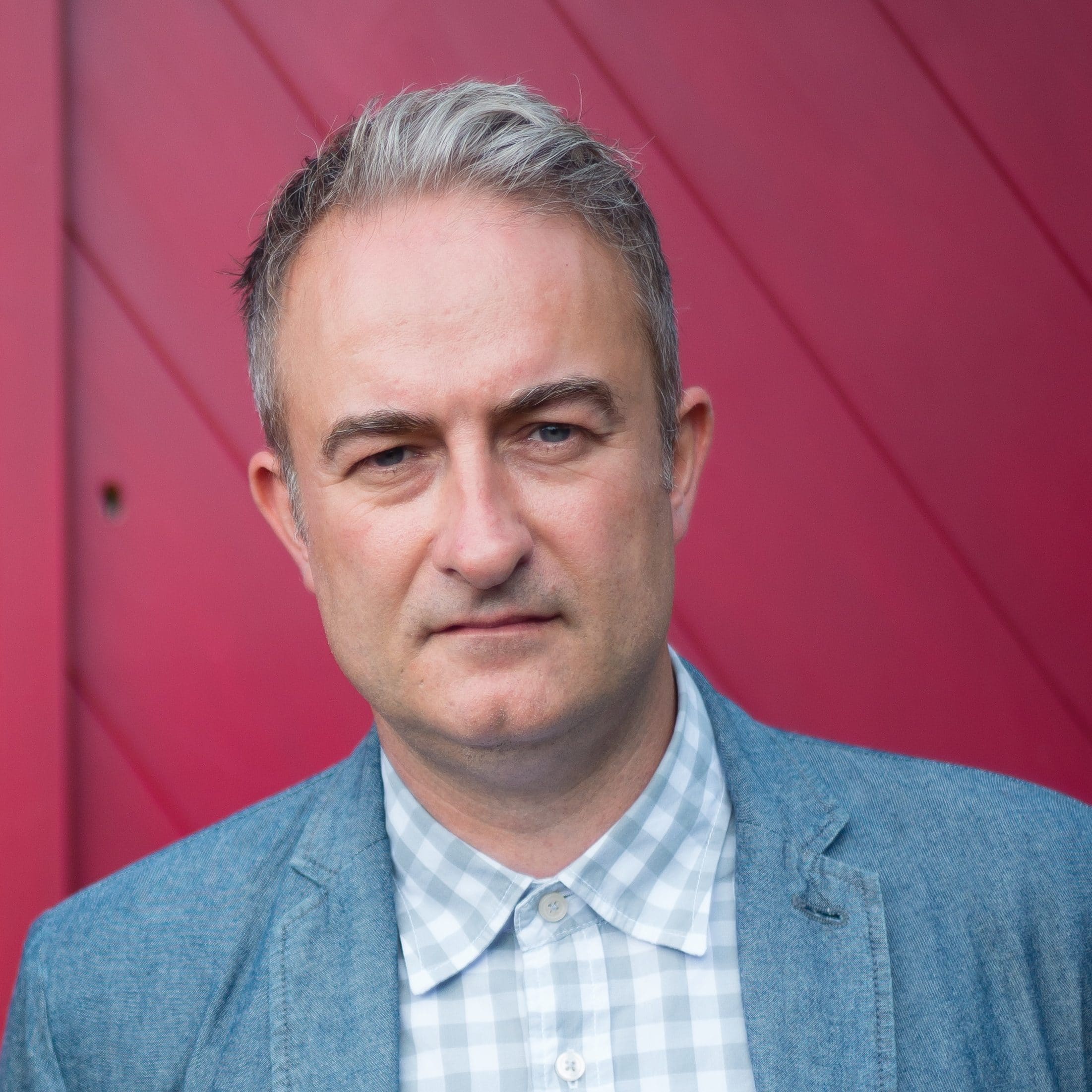
Charles Holland is an architect, teacher and writer. He is the principal of Charles Holland Architects, an architecture, design and research practice based in the UK. He is also a Professor of Architecture at the University for the Creative Arts, Canterbury and a visiting lecturer at the University of Cambridge. Charles is a former director of FAT and he writes and lectures regularly about architecture and design.
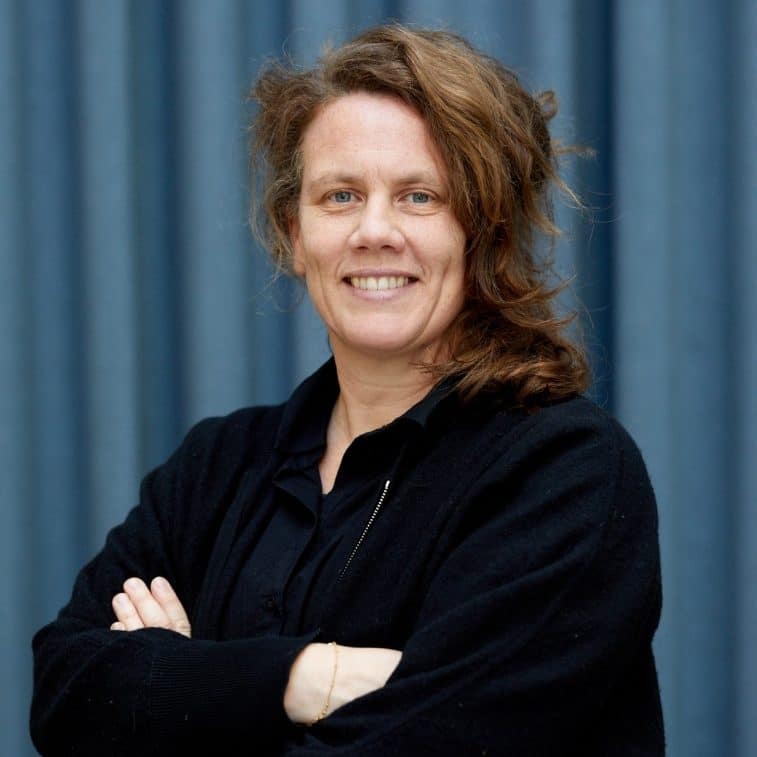
Ninke Happel studied architecture at TU Delft and took a minor in environmental psychology at KU Leuven. In 2008, together with Floris Cornelisse en Paul Verhoeven she founded Happel Cornelisse Verhoeven. Ninke has a penchant for working with existing buildings. She likes to look for new and sustainable uses for a changing society. Besides working for HCVA, she regularly gives lectures and guest critiques at home and abroad, is president of Stichting Jos. Bedaux and has founded the cooperative association Het Rotterdams Woongenootschap.
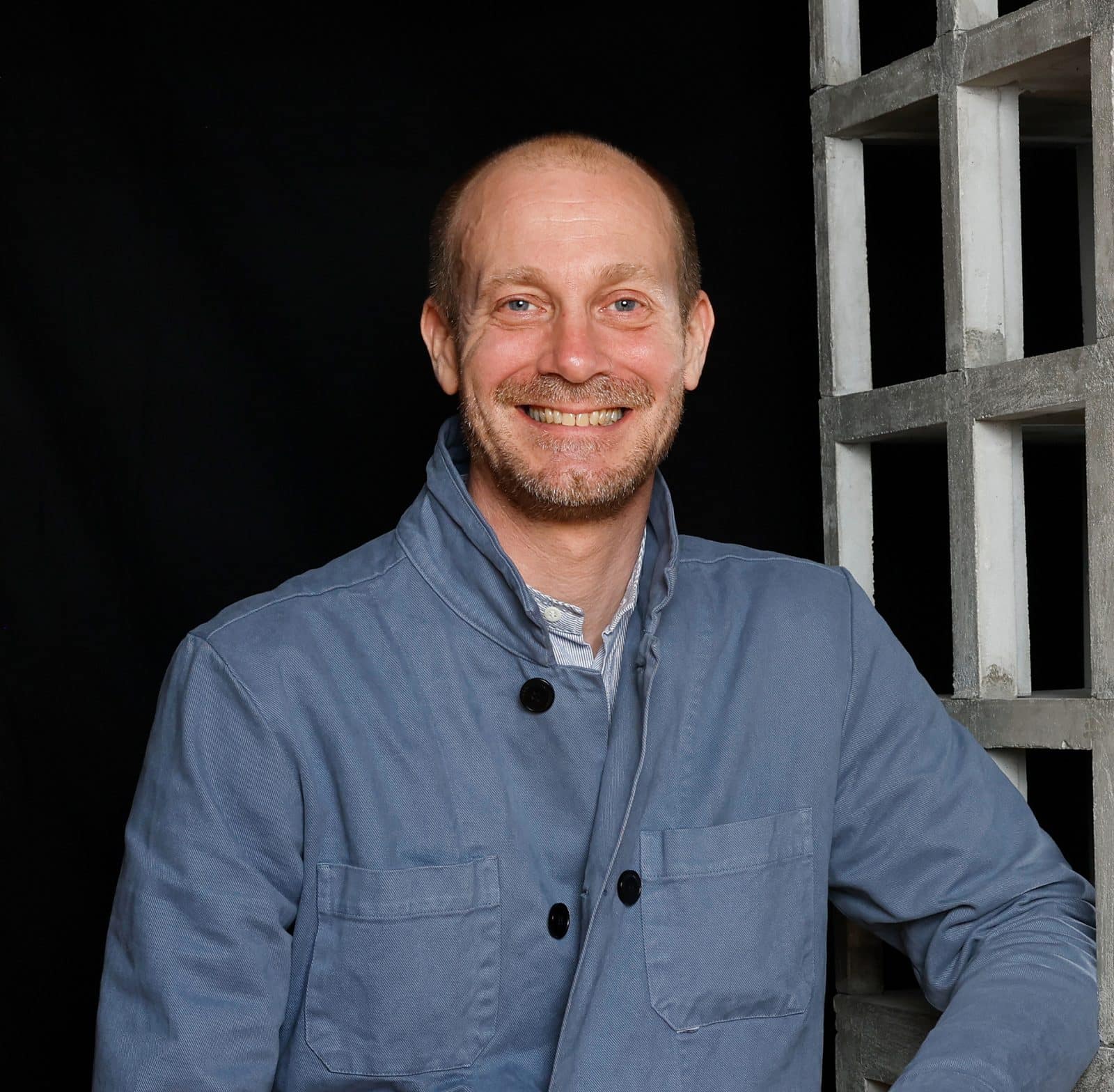
Job Floris is an architect and co-founder of Monadnock. His international practice focusses on the exploration of urban conditions of the city to come, through buildings, interiors and objects. Often recurring in the work of Monadnock are themes such as contemporaneity and tradition, representation and populism, convention and banality.
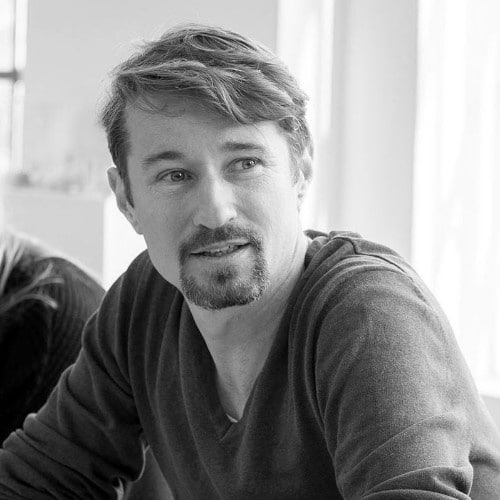
Jaakko van ´t Spijker is an architect and urban planner who lives in and operates from The Netherlands. After graduating from Delft Technical University in 1996, Jaakko van ´t Spijker has been involved in a large variety of projects, both inside and outside of The Netherlands. He is director at JVUST and partner in the master planning consultant CULD.
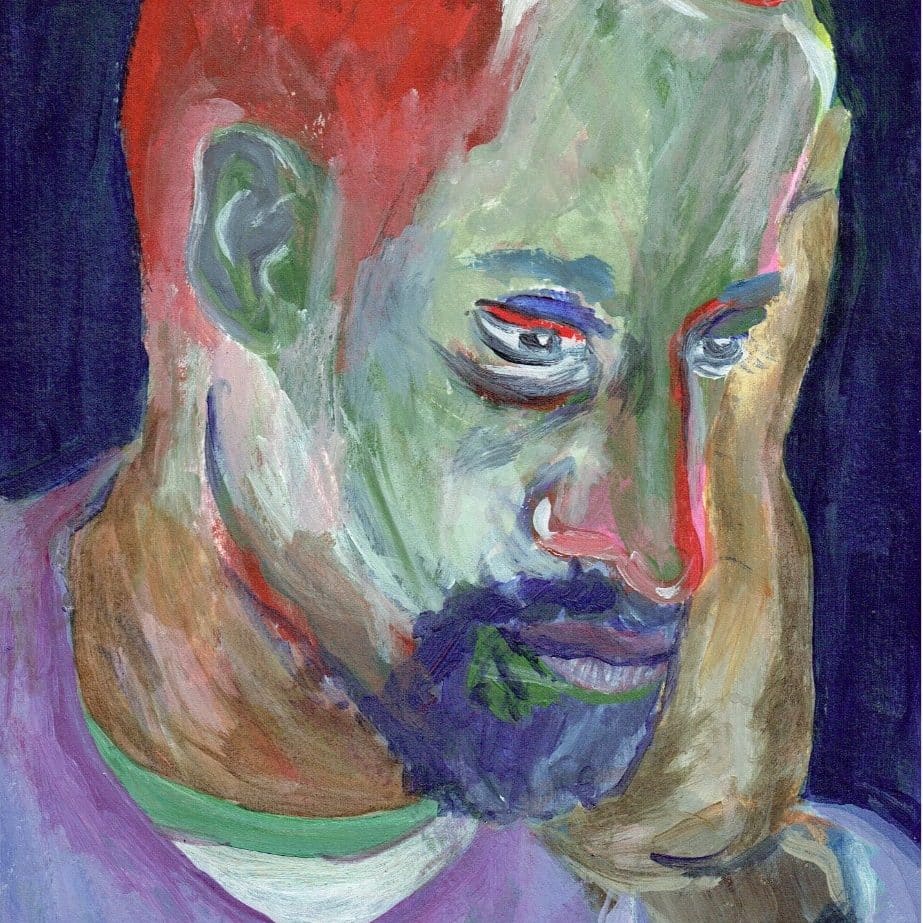
Alexandre Furtado Melville (1988) is a writer, artist, art director and entrepreneur. His current roles include partner and business director at Concrete Blossom, committee member visual arts for the city of The Hague, creative director and founder of Furtado Melville. In his work, Furtado Melville is driven by the invisible, the unexpected. The economic, social, and political realities play an important part in his practice. Common sense is his philosophy. He is currently working on his first book, an autofiction on Europe through the eyes of the black African migrant.
ABOUT THIS SERIES
For Back to School with... we invite professionals, makers and (critical) thinkers from inside and outside the field of architecture and urban design to share their most current thoughts, recent questions and latest or ongoing research. For each series we ask a professional guest to design and curate a lecture programme around one topic or question that has their urgent and great interest at this moment and to bring together different speakers to elaborate on the subject in three consecutive evening events.
This program pursues no greater ambition than to stimulate and provide space to exchange and commonly learn about latest research topics from other professionals and build up new knowledge for everyone who shares our curiosity.